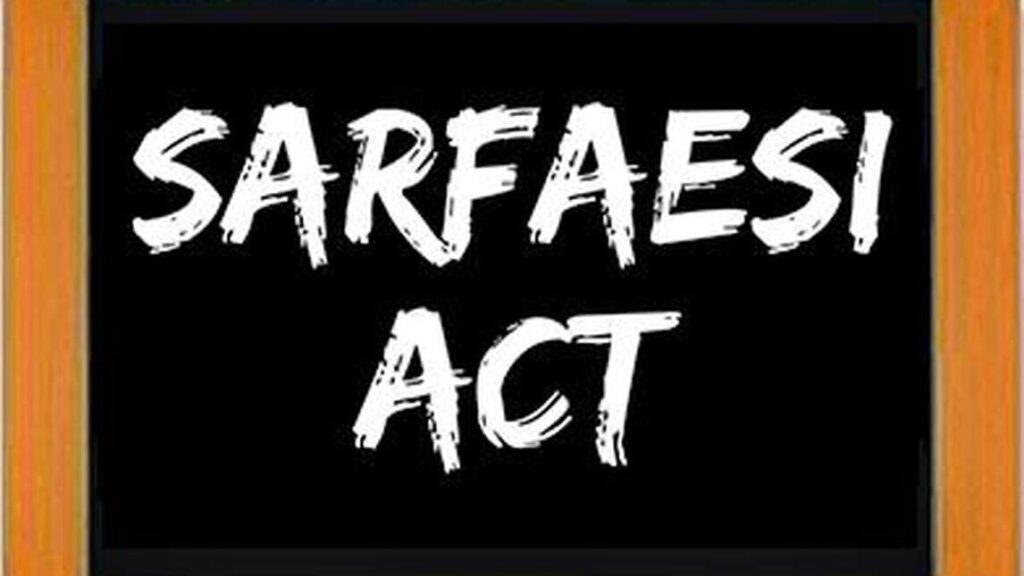CASE ANALYSIS: LANDMARK JUDGMENTS ON SARFAESI ACT IMPLEMENTATION
Introduction:
The Securitization and Reconstruction of Financial Assets and Enforcement of Security Interest (SARFAESI) Act, enacted in 2002, brought about a significant shift in the recovery of non-performing assets (NPAs) in India. The act empowers banks and financial institutions to take legal action to seize and sell mortgaged properties of defaulting borrowers to recover their dues. Over the years, several landmark judgments have shaped the implementation of the SARFAESI Act, providing clarity on its provisions and safeguarding the interests of both lenders and borrowers. This article aims to analyze some of these influential judgments and their impact.
- Mardia Chemicals Ltd. vs. Union of India (2004): In this case, the Supreme Court upheld the constitutional validity of the SARFAESI Act, establishing its legality. It emphasized the need for balance between the rights of borrowers and the powers conferred on banks under the Act. The court ruled that the legislation is a legitimate measure to combat the mounting problem of NPAs, ensuring the timely recovery of dues.
- Transcore vs. Union of India (2008): The Supreme Court in this case clarified that the SARFAESI Act applies to non-banking financial companies (NBFCs) as well. The judgment expanded the scope of the Act, enabling NBFCs to exercise the same rights and powers as banks in recovering their dues from defaulting borrowers.
- Harshad Govardhan Sondagar vs. International Assets Reconstruction Company Ltd. (2014): This case shed light on the rights of borrowers and the procedure to be followed by banks during the enforcement of security interests. The Supreme Court held that banks must follow due process, provide adequate notice, and allow an opportunity for borrowers to be heard before taking possession or selling mortgaged properties. The judgment emphasized the importance of fair and transparent procedures under the SARFAESI Act.
- Swiss Ribbons Pvt. Ltd. vs. Union of India (2019): The Supreme Court, in this landmark judgment, upheld the constitutional validity of the SARFAESI Act’s provisions related to the initiation of insolvency proceedings against defaulting borrowers. It emphasized that the Act and the Insolvency and Bankruptcy Code (IBC) operate in different spheres and can coexist harmoniously. The judgment brought clarity and certainty regarding the interplay between the SARFAESI Act and the IBC.
- United Bank of India vs. Satyawati Tondon (2010): This case addressed the issue of jurisdiction under the SARFAESI Act. The Supreme Court ruled that the Act empowers banks to initiate proceedings in any place where the borrower or the secured asset is located, irrespective of the location of the bank’s branch. The judgment established that banks have the freedom to choose the forum for initiating action, making the process more convenient and efficient.
Conclusion:
The SARFAESI Act has revolutionized the recovery of NPAs in India, enabling banks and financial institutions to take proactive measures to recover their dues. Landmark judgments by the Supreme Court have played a crucial role in shaping the implementation of the Act, ensuring a balance between the rights of borrowers and the powers conferred on lenders. These judgments have provided legal clarity, expanded the scope of the Act, safeguarded due process, and established the constitutional validity of its provisions. As the SARFAESI Act continues to evolve, it is imperative to monitor further judgments that contribute to its effective implementation and enhance the efficiency of the banking system in dealing with NPAs.



